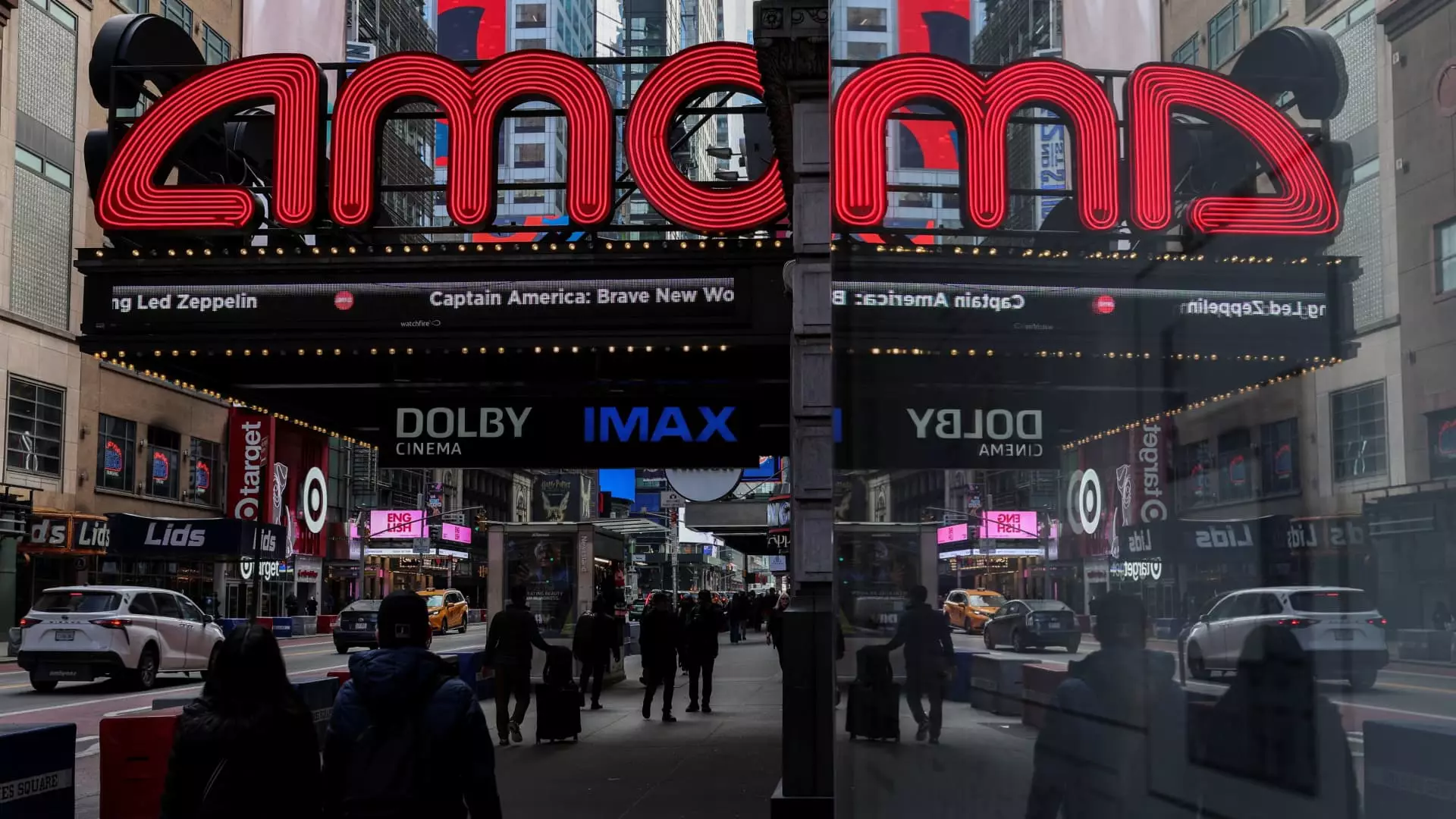In recent years, the cinema experience has evolved significantly. AMC Entertainment, the world’s largest movie theater chain, is taking substantial steps that underscore this transformation. By adding 40 Dolby Cinema theaters across the United States by 2027—a remarkable 25% increase in premium screens—AMC is responding to a clear shift in audience preferences. As these new theaters come online, it’s evident that filmgoers are seeking more than just a seat in the dark; they are craving a total sensory experience. The integration of advanced technologies like Dolby Vision and Atmos transforms traditional moviegoing into a multi-dimensional marvel, stirring excitement and higher ticket prices in hand with it.
Expensive Tickets, But Worth It?
While premium large-format (PLF) tickets hover around $17, an 8% increase since 2021, one has to question whether this hike is justified. For many, paying extra for a plush seat and superior sound is worth the experience, especially for high-action blockbusters. Films such as “Oppenheimer” and “Avatar: The Way of Water” have benefited immensely from PLF releases. They play into our desire for spectacle; nowadays, audiences want to be thoroughly engrossed when they watch big movies. However, is this growth in the premium segment overshadowing smaller, more intimate films? As an ardent film enthusiast, I fear that with the market focusing heavily on massive franchises, the equally enriching experience of low-budget, art-house films could be diluted or pushed aside entirely.
Premium Formats and Their Impact
The arrival of new formats like Screen X, which extends visuals across side walls, and 4DX, which includes practical effects like water and wind, has transformed how we perceive cinema. These innovations benefit Hollywood’s blockbuster features—they not only expand the storytelling medium but also manifest the larger-than-life experiences that audiences increasingly demand. A significant lesson emerges from this trend: film is no longer just a visual art but is becoming an immersive encounter. Yet, this shift raises critical questions about the growing commercialization of cinematic experiences. As filmmakers vie to create epic spectacles tailored for premium formats, how many unique voices will we lose, buried beneath the weight of studio execs’ penchant for box office profitability?
Audience Preferences and Future Box Office Trends
Notably, the booms in PLF ticket sales reflect evolving audience behavior. As revealed by Comscore, there are now over 950 theaters equipped with PLF screens, with these formats accounting for around 9.1% of the domestic box office, equivalent to $600 million. Successful franchises are driving this growth, fueled by the anticipation of future blockbusters like those from Star Wars and the Marvel Cinematic Universe slated for 2025 and 2026. This creates an environment where studios can snub risks in favor of formulaic narratives that guarantee profit. A disturbing sentiment arises from this velocity of growth, as studios focus heavily on IP-driven films and franchises at the expense of innovation and diverse storytelling.
A Complicated Relationship with Change
Indeed, AMC’s partnership with Dolby represents a commitment to offer moviegoers a highly desirable cinema experience. However, one cannot overlook the implications of this shift. As these premium formats rise in prevalence, will they render the traditional cinema experience obsolete? In a society increasingly fixated on visual spectacle and heightened experiences, it poses a delicate balancing act for filmmakers seeking authentic storytelling versus pure entertainment. Film should evoke thoughts, provoke emotions, and inspire change—a role it risks losing in the pursuit of grandeur.
The Bigger Picture: Cultural Implications of Cinema’s Evolution
The expansion of premium theaters by AMC can also be understood as a cultural symptom of the times. The desires of modern audiences often skew towards grandeur and spectacle, perhaps influenced by an increasingly digital world where attention spans are lower and instant gratification reigns. While the allure of going to the movies has shifted, preserving space for diverse narratives and small-scale projects is crucial for enriching the cinematic landscape. There’s a tragedy in simplicity lost amidst booming commercial aspirations; will any remaining filmmakers prioritize narrative depth over expansive visuals and special effects? As AMC champions this new direction, it will be imperative that we continue advocating for a robust, multifaceted cinema experience that includes stories representing the rich tapestry of human existence.

Leave a Reply